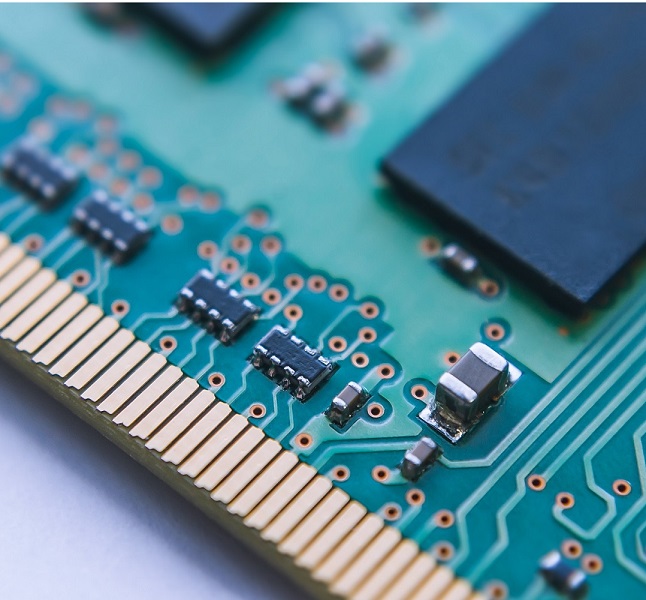General
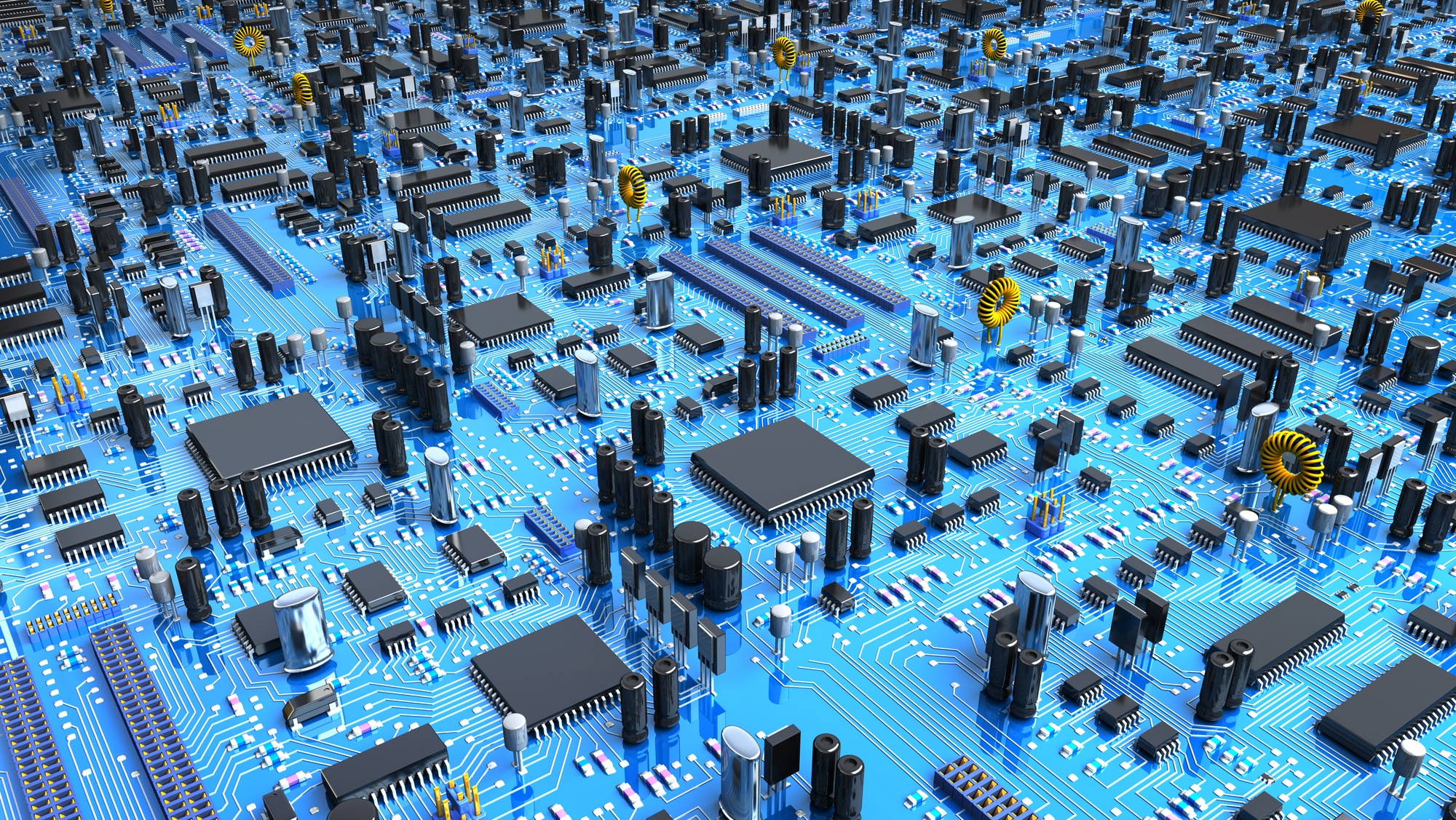
What is a Protocol Analyzer?
Protocol analyzers are indispensable tools for an embedded systems engineer. They allow engineers to gain insight into USB, I2C, SPI, CAN, etc., data.

I2C vs SPI Protocol: Differences and Similarities
This article covers information about I2C and SPI, as well as their differences and pros and cons.

I2C vs I3C Protokoll: Unterschiede und Ähnlichkeiten
Informationen über die Unterschiede und Ähnlichkeiten von I2C vs I3C sowie deren Protokoll Analyzer und Programmer.

The Impact of Technology in Our Lives and The Future of Technology
Over the last 2 to 3 decades, technology has become more and more a part of our daily lives, to the point where it has taken over our lives.

Challenges & tools for sensor integration
Therefore, the demand for sensor integration in consumer devices has grown exponentially.

Single vs. Dual vs. Quad SPI | Differences & Similarities
Compared to classic SPI, in which only one data line is used, dual and quad SPI becomes two and four times data management, data of which the data throughput is two or four times.

UFS vs eMMC: Differences and Similarities
The UFS 3.1 standard offers significant performance improvements over the previous storage standard eMMC (embedded Multi-Media Controller).
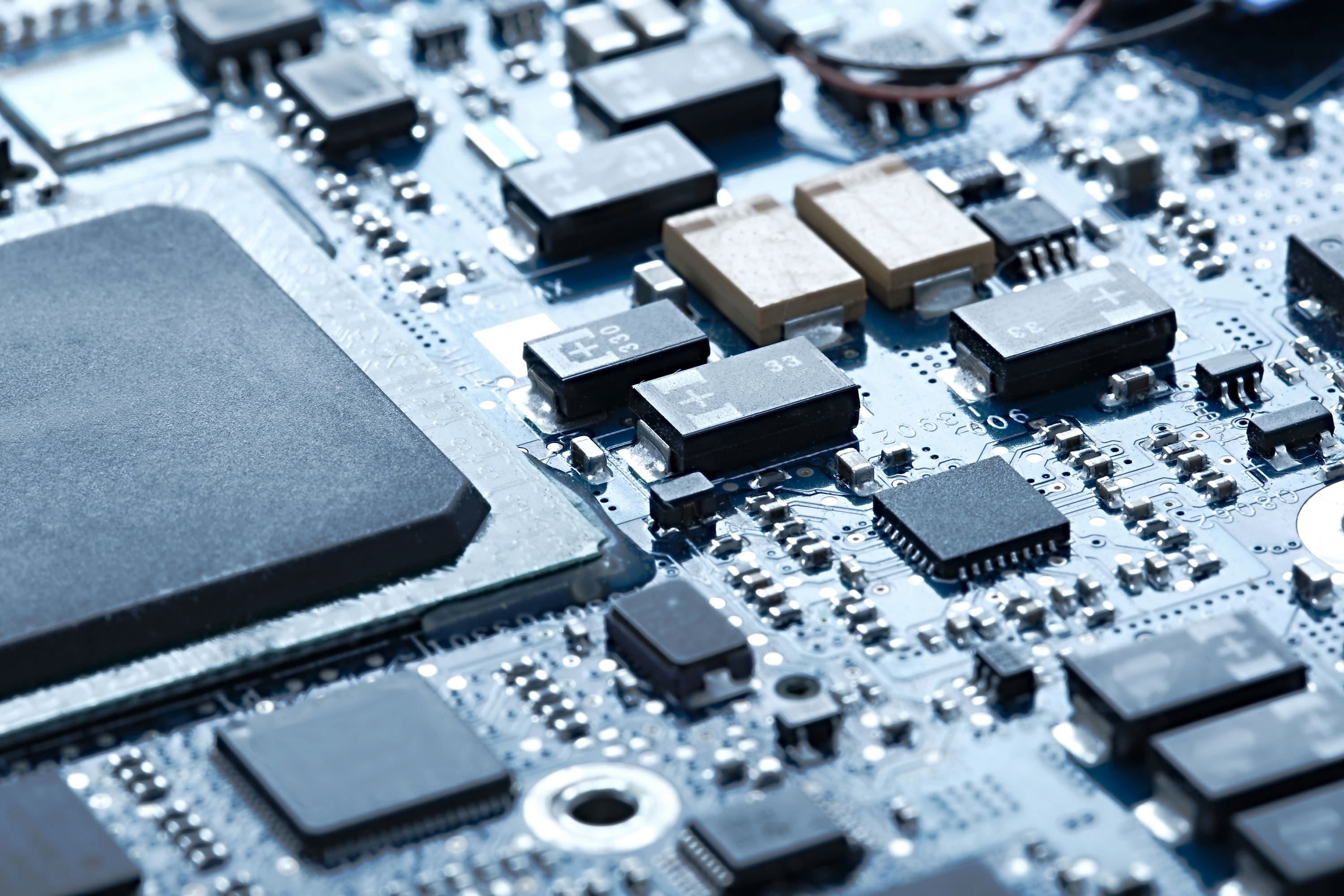
What is a Logic Analyzer?
A logic analyzer is an electronic measuring device that can mark and display digital signals over time.
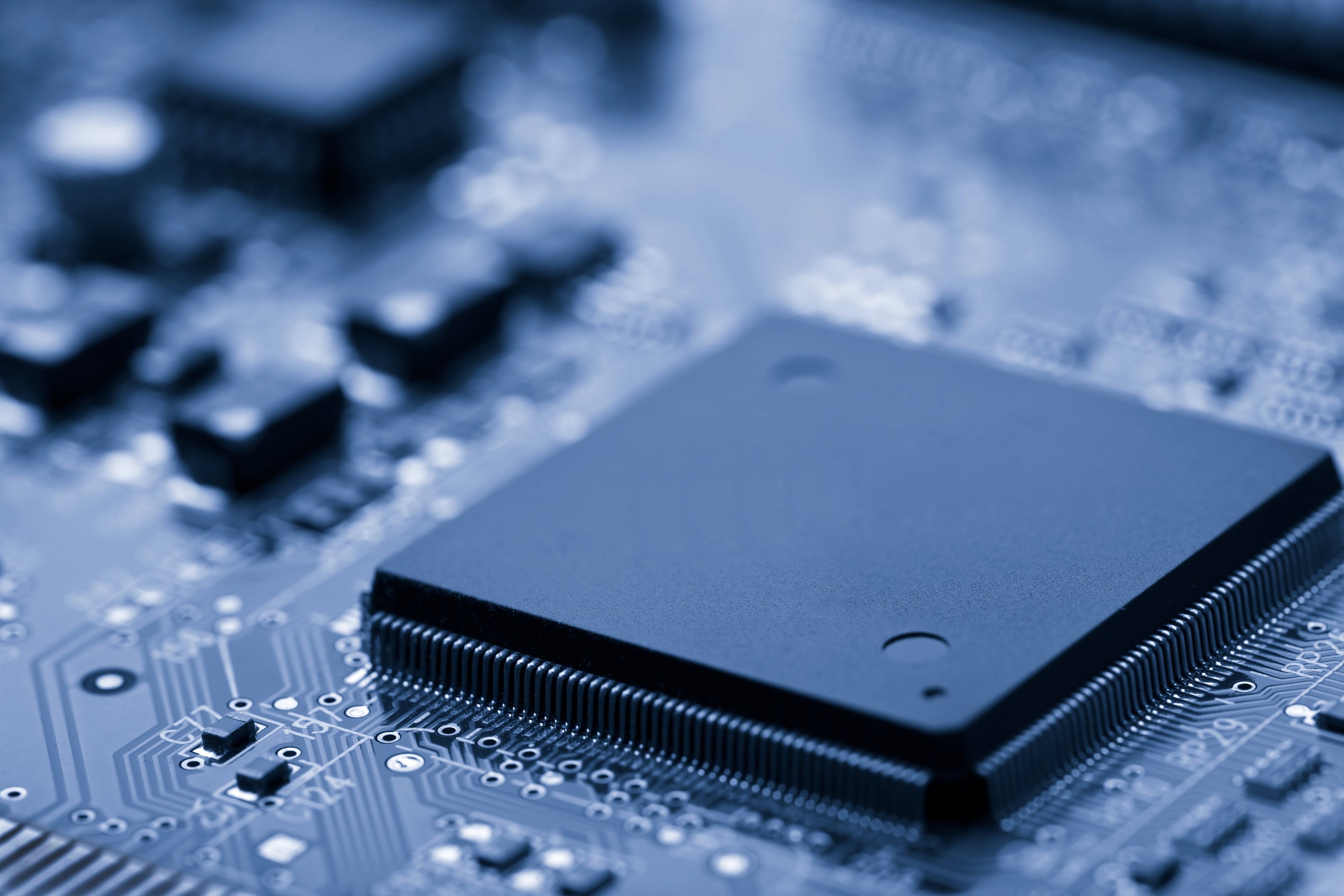
Enhanced Serial Peripheral Interface (eSPI)
Industry leader Intel defines the new eSPI standard as an improvement in data transactions with lower power consumption and lower costs.

UART vs SPI | Differences and Similarities
While UART and SPI both support full-duplex communication, both use “serial” communication in some way, and they are both only suitable for short-distance use cases, there are not too many similarities beyond that.

UFS | Universal Flash Storage
Universal Flash Storage (UFS) is a standard specification for flash memory cards and flash memory in embedded systems. UFS is considered to be the successor technology of eMMC and SD cards.
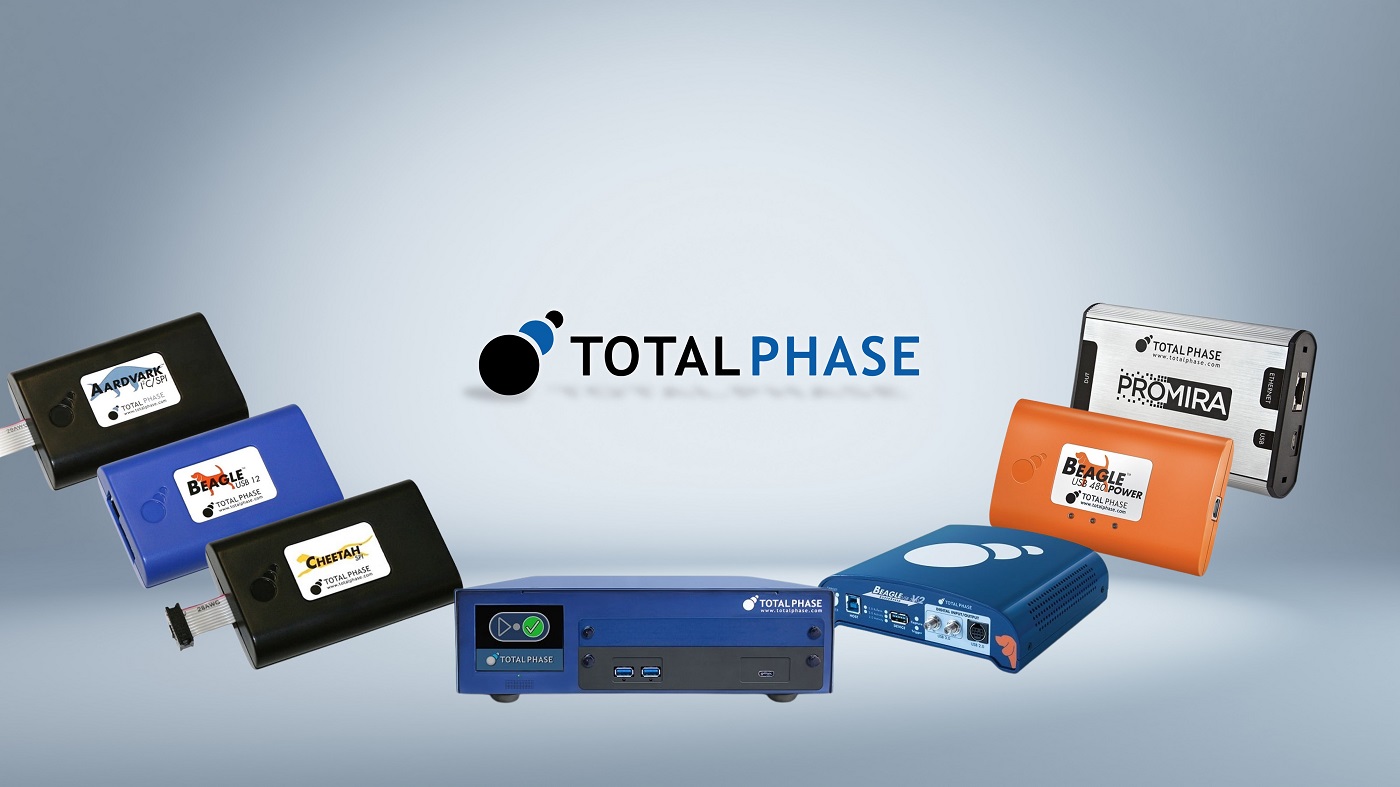
Differences between integrated circuit & microprocessor
A microprocessor combines the functions of a central processing unit (CPU) on a single integrated circuit or chip.

I2C vs SMBus | Differences & Similarities
In general the I2C bus and the SMBus are compatible, but there are some subtle differences in clock speed & electrical properties.

Management Data Input / Output (MDIO)
Management Data Input/Output, or MDIO, is a 2-wire serial bus that is used to manage PHYs or physical layer devices in media access controllers (MACs) in Gigabit Ethernet equipment.
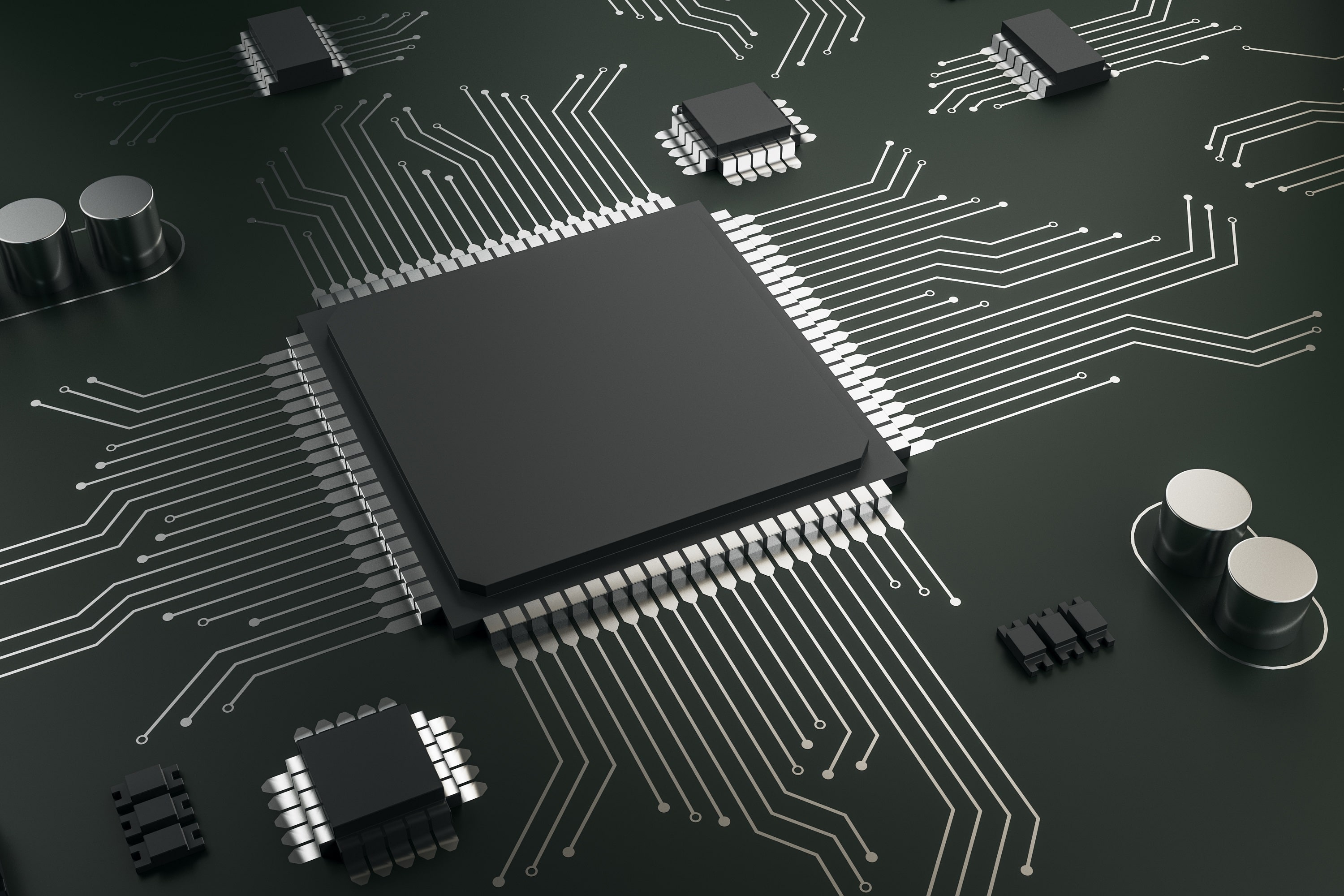
Logic Analyzer vs. Oscilloscope | Distinguishing features
Oscilloscope or logic analyzer? Depending on what the user wants to achieve, a logic analyzer can provide more useful information.
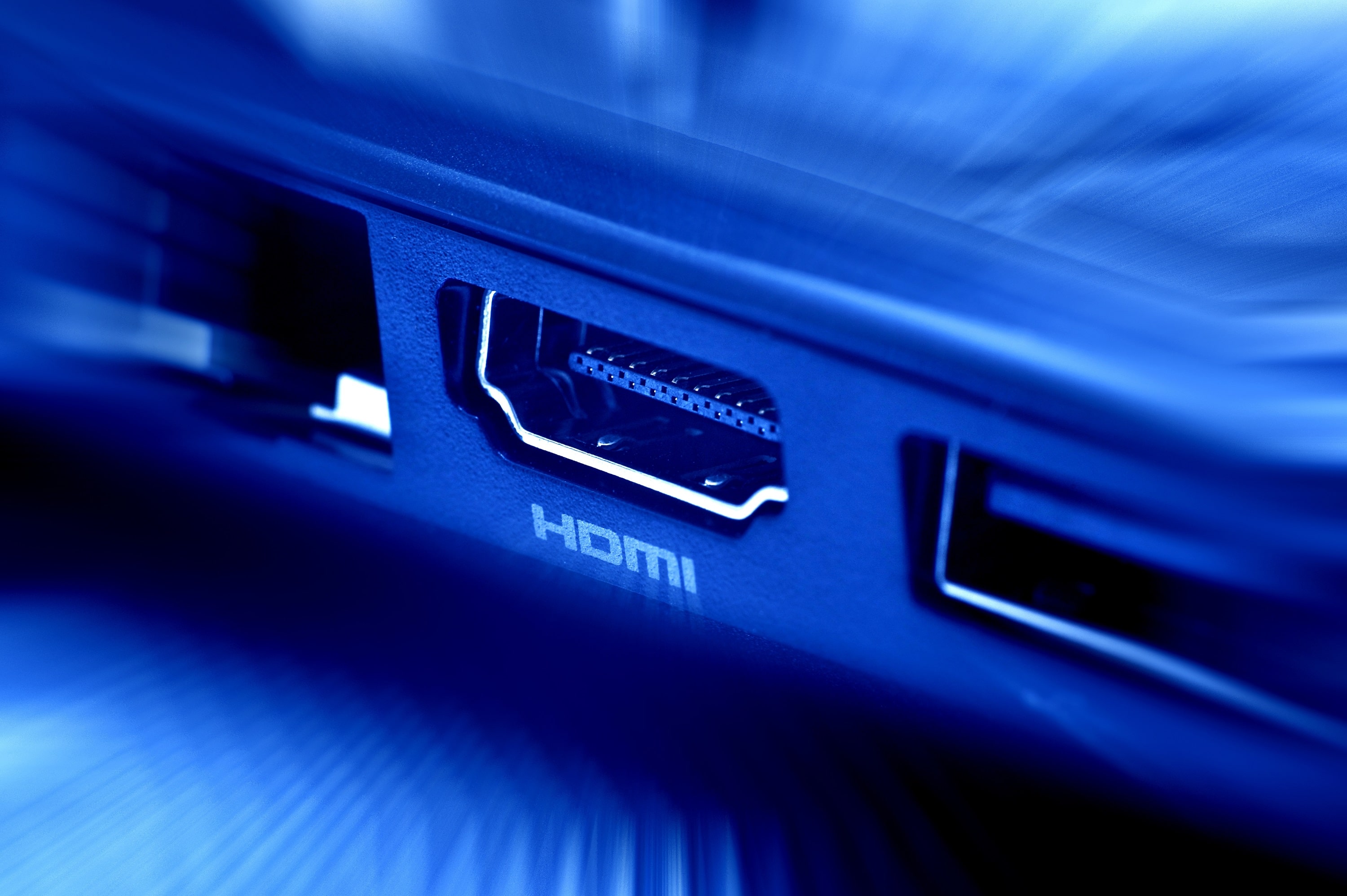
HDMI 2.0 vs HDMI 2.1 - differences & innovations in the HDMI specification
One of the most important leaps from HDMI 2.0 to HDMI 2.1 is the allocated bandwidth between the two iterations.

What is a packet sniffer?
Monitoring Network Usage - Packet sniffers can do a great job of monitoring network usage at all times, helping network managers determine if a particular network is normal or congested.

Hardware vs software | Advantages of a USB Protocol Analyzer
While software USB analyzers are sometimes cheaper than their hardware-based relatives, eVision Systems offers hardware analyzers at competitive prices.




